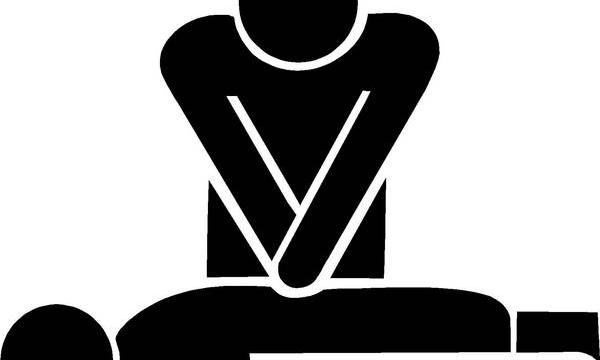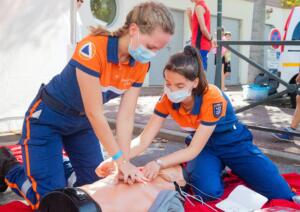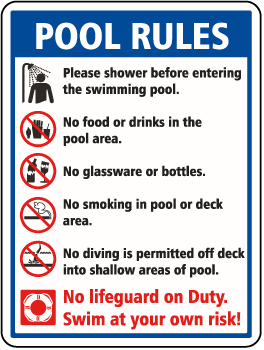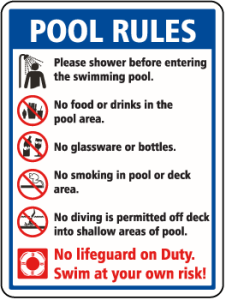Emergencies can and do happen, whether we are prepared for them or not. Even though the lake can be a pretty property with all the best amenities, it also has an increased risk for drowning.
However, if you are fully prepared for an incident like this however unlikely, then there is still a possibility that you could save this person’s life.
There are several basic steps that you should take in case there is an emergency such as this. You must react quickly and assist them immediately. Every second is extremely crucial.
Dial 911
No matter how trained or prepared you think that you are, it is important to first call 911 before doing anything else.
A child is only able to stay afloat about 30 seconds in water while struggling. An adult can last roughly three minutes. This means your actions need to be quick so you can get back to assisting the victim.
Reach for the Victim
If the person in danger is near the shore, dock, or pier, the first thing you should do after dialing 911 is reach out to the person. You should be lying flat on your stomach and reach your hand out towards the victim.
If you cannot reach, you may use an object such as broom stick or towel, something that when they grab, you are able to pull them to you easily.
Throw A Flotation Device in the Water
If you are at a public swimming pool, there are typically flotation devices attached to ropes that you can throw into the water to help pull them to safety. Anything that they can grab onto easily and will allow them to float is perfectly okay to use.
Row or Go
If you have access to a boat or are already on a boat, row or steer towards the victim and try to pull them onboard.
Once the Rescue is Complete…
Now is the time to attend to the victim and provide any first aid that they may need. If they are not breathing, make sure you perform CPR (but only if you are certified) on the victim until the paramedics arrive. Chest compressions and mouth to mouth recitation is necessary to increase their survival chances.
These may sound like very basic steps to take, but you’d be amazed at how differently people react during emergencies. The most important thing you can do is react quickly, call 911 immediately, and do anything you possibly can to ensure that the victim is safe, within the limitations of your physical abilities.
These are very important skills to have in order to be able to save a friend or family member in an emergency drowning situation. However, make sure you do not put yourself in harms way in the process.
It is helpful to receive lifeguard and CPR training if you own property on the water and could once day encounter the possibility of a drowning emergency.




 The first thing you will need to do is find a CPR course that suits your schedule. There are CPR classes that are available both in person, and online. Community centers and hospitals typically have on-going classes available to attend.
The first thing you will need to do is find a CPR course that suits your schedule. There are CPR classes that are available both in person, and online. Community centers and hospitals typically have on-going classes available to attend. Make sure you
Make sure you 
